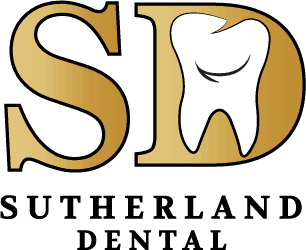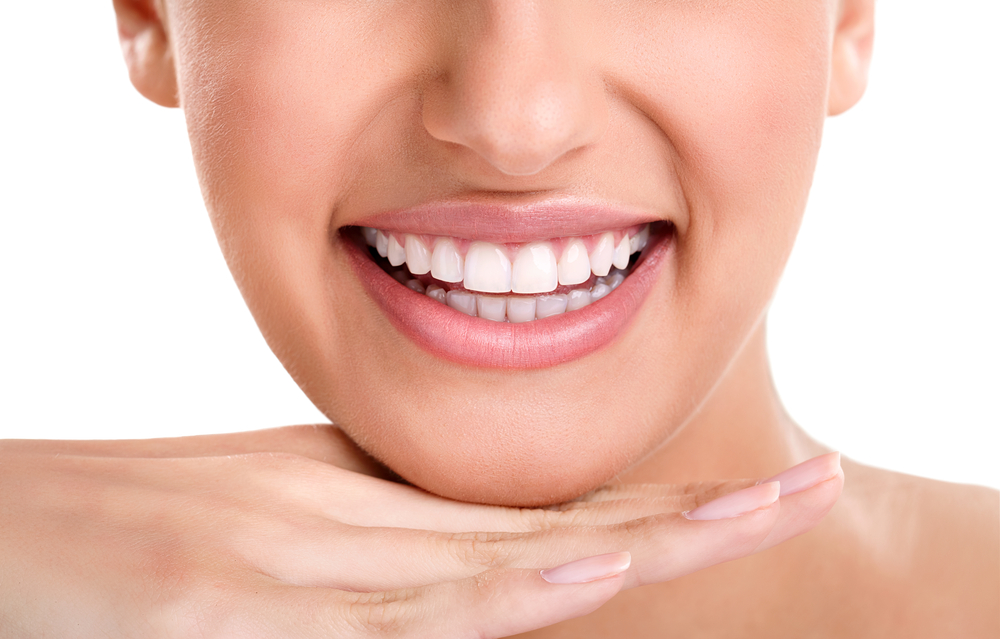Teeth whitening is an increasingly popular cosmetic dental procedure that can restore teeth to a brighter and more vibrant shade. This article will provide a comprehensive overview of teeth whitening, including the benefits, potential risks, and the types of procedures available.
Additionally, readers will learn how to determine if teeth whitening is an appropriate course of action and the proper steps to take to ensure the treatment is done safely.
Benefits of Teeth Whitening
Teeth whitening has been associated with a range of benefits in terms of dental aesthetics. Whitening teeth with carbamide peroxide or hydrogen peroxide can help restore teeth to a brighter shade of white and improve the individual’s smile. Professional teeth whitening can also remove surface stains and discolouration that occur due to food and drinks. In addition to this, professional treatment can help preserve the health of the tooth enamel, reducing the risk of sensitivity.
Professional teeth whitening can be an effective dental treatment for those seeking a brighter smile. The use of professional products can ensure teeth are whitened safely and efficiently. Professional products can also help reduce the risk of tooth sensitivity due to the safe and regulated levels of whitening agents used.
Professional teeth whitening and brighter white teeth can provide many additional benefits. It can help preserve the health of the tooth enamel, reduce surface stains, and provide a brighter, whiter smile. Overall, teeth whitening can be a beneficial dental treatment for those looking to improve their dental aesthetics.
Determining if Teeth Whitening Is Right for You
Determining whether a teeth whitening procedure is appropriate for an individual requires assessing various factors. A dental professional can assess an individual’s lifestyle habits, natural teeth, and tooth surface to determine if teeth whitening is the best option for them.
If an individual is looking for whiter teeth and a white smile, they may consider a professional teeth whitening procedure. Those with sensitive teeth may want to opt for teeth whitening kits rather than a professional procedure.
It is important to consider the teeth whitening solution that will be used and if it is safe for the individual. If the individual has any underlying dental issues, they should be addressed first before beginning a teeth whitening procedure.
Ultimately, it is important to consult with a dental professional to determine if teeth whitening is the best option for the individual.
Types of Teeth Whitening
Various methods of teeth whitening are available, ranging from professional treatments to products available over the counter.
Tooth discolouration can be caused by extrinsic stains, which are surface stains that can be caused by food, drinks, and smoking, or intrinsic stains, which are deeply embedded stains that occur from aging or trauma.
Chair teeth whitening, the most common type of whitening procedure, is completed in a dental office and involves applying a whitening gel to the teeth with a dental tray. The gel contains active ingredients that help break down the stains and whiten the teeth.
For those looking for a brighter smile, laser whitening is another option. A laser light activates the whitening gel during this procedure, accelerating the whitening process.
Over-the-counter whitening products are also available, featuring a variety of active ingredients that help reduce tooth staining and can help achieve a whiter smile.
Preparing for Teeth Whitening
Prior to undergoing teeth whitening, it is important to consider the potential risks and benefits. Discussing the desired results and possible risks with a dentist before starting the process is recommended. Depending on the whitening product used, it may take a period of time to see results. Possible side effects from whitening include gum irritation, discolouration of dental restorations, and counter products that may not work as well as desired. Different types of whitening include UV light, blue light, and whitening products that are applied directly to enamel surfaces.
Teeth whitening works by removing extrinsic staining, which is staining on the surface of the teeth, as well as intrinsic staining, which is staining that is deeper in the enamel. Depending on the severity of the staining, multiple treatments may be necessary to achieve the desired pearly whites. It is also important to note that once a person has reached the desired shade of whiteness, regular maintenance treatments may be necessary to maintain the desired results.
Overall, it is important to understand the potential risks and benefits of teeth whitening before beginning the process. Consulting a dentist prior to treatment is the best way to ensure safe and desired results.
Aftercare and Maintenance
After treatment, it is important to care for the teeth to properly maintain the desired whitening results. Many people opt for professional whitening treatments to achieve brighter teeth; however, do-it-yourself products are available for those who wish to whiten their teeth at home. Chemical treatments are available in office settings, as well as in hydrogen peroxide products and tooth whitening kits. Regardless of the method used, proper aftercare and maintenance are essential to preserve the cosmetic treatment results.
It is important to remember that tooth whitening does not permanently remove stains or discolouration on teeth and that regular maintenance will be required to keep teeth whiter. After teeth whitening, it is important to avoid consuming foods and drinks known to stain teeth, such as coffee, tea, and soda. Regular brushing and flossing will help to remove food particles and bacteria that cause discolouration. Additionally, using a whitening toothpaste can help to maintain the results of the professional whitening treatment.
It is also important to be aware that the teeth whitening process can cause some damage to the teeth’ enamel. Therefore, it is important to speak with a dentist prior to undergoing any teeth whitening process to ensure that it is safe for the individual. Additionally, speaking with a dentist can help to create an individualized plan to maintain the desired results of the whitening treatment.
Potential Risks of Teeth Whitening
The potential risks of teeth whitening treatments must be considered when deciding to undergo the procedure. Tooth whitening is designed to remove the stains on teeth, but it may not be effective in removing all stains or yellowing.
Additionally, tray-based tooth whitening systems may not be suitable for everyone and could cause temporary tooth sensitivity. While teeth whitening treatments can create perfect smiles and bright smiles, the cost of teeth whitening could be higher than expected, depending on the professional teeth whitening process chosen.
Furthermore, significant periods of time may be required to obtain the desired results, putting the individual’s health at risk. Understanding and considering all the potential risks of teeth whitening is important before deciding to undergo the procedure.
Key Takeaways
Teeth whitening is a popular cosmetic procedure that can help improve the appearance of discoloured teeth. The different types of whitening available and the potential risks and benefits should be carefully considered before undergoing the procedure.
Preparing for the whitening process, taking the necessary aftercare steps, and maintaining the results with regular brushing and flossing can help ensure a successful outcome.
With the right approach, teeth whitening can be a safe and effective way to improve one’s smile.
If you’re considering teeth whitening, Sutherland Dental in Sutherland, NSW, is here to help. Our experienced and friendly staff can guide you through the entire process, from consultation to aftercare. Schedule an appointment today and let us help you get the beautiful white smile you deserve.



